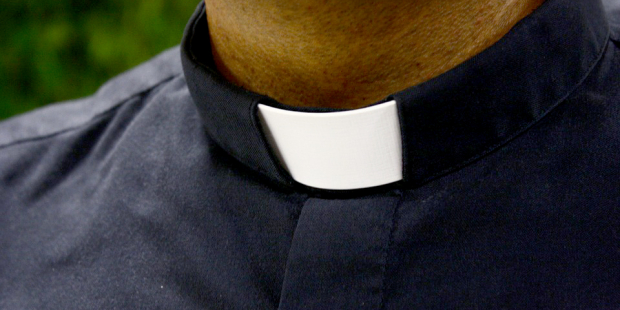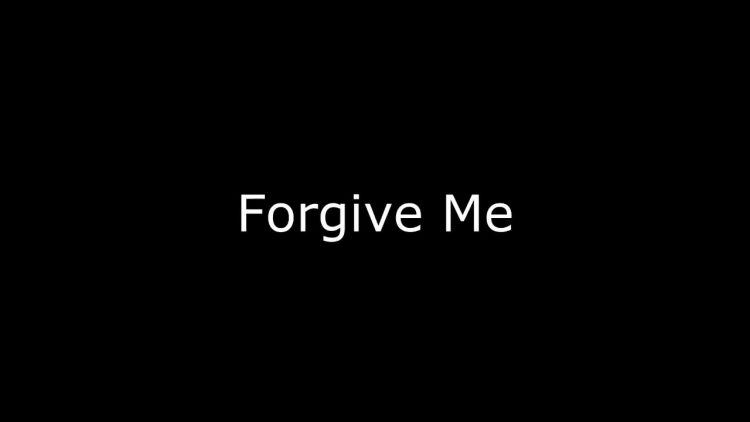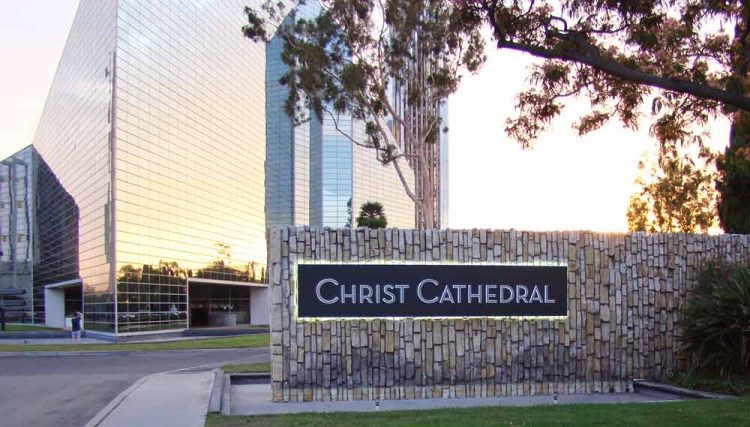That was not the headline I was expecting to write in 2025. But alas, here I am. Archbishop Salvatore Cordileone, the head of the Archdiocese of San Francisco, is one of only a handful of US bishops who has refused to release any lists of credibly accused priests. Since the 2018 Pennsylvania Grand Jury Report…Continue reading Archdiocese of SF removes predators on the quiet




